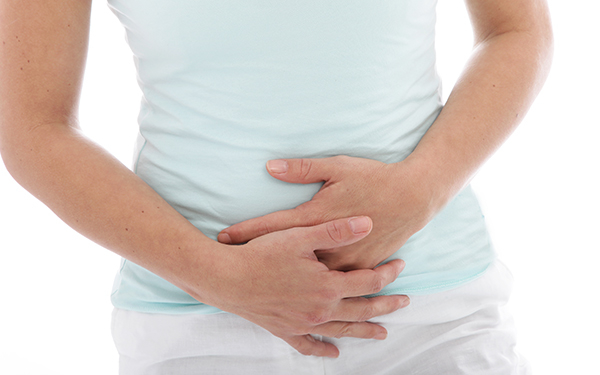Crohn’s Disease
Inflammatory bowel disease (IBD) is a broad term that describes conditions with recurring immune response and chronic inflammation of the gastrointestinal tract. The two most common IBDs are ulcerative colitis and Crohn’s disease. Neither ulcerative colitis nor Crohn’s disease should be confused with irritable bowel syndrome (IBS), a disorder that affects the motility (muscle contractions) of the colon. IBS is not characterized by intestinal inflammation and is, therefore, much less serious than ulcerative colitis or Crohn’s disease.
IBD is one of the most prevalent digestive diseases in the United States with an overall healthcare cost exceeding $1.7 billion. IBD is without a medical cure and commonly requires a lifetime of medical care. Each year, IBD accounts for more than 700,000 medical visits, 100,000 hospitalizations, and disability in over 119,000 patients.
Both illnesses have one strong feature in common. Normally, the immune cells protect the body from infection. In people with IBD, however, the immune system mistakes food, bacteria, and other materials in the intestine for foreign substances, attacking the intestinal lining. The body then sends white blood cells into the lining of the intestines where they produce chronic inflammation. When this happens, the patient experiences the symptoms of IBD.
Symptoms & Diagnosis
Crohn’s disease can attack any portion of the digestive tract, although inflammation most commonly occurs in the lower portion of the small intestine, known as the ileum. This causes cramping in the right lower side of the abdomen especially after meals. Other symptoms include persistent diarrhea (painful, loose, watery, and frequent bowel movements), poor appetite, weight loss, fever, and rectal bleeding. However, the disease is not always limited to the gastrointestinal tract. It can also affect the joints, eyes, skin, and liver. Fatigue is a common complaint, since malabsorption leads to a shortage of proteins and nutrients such as iron, folic acid, and vitamin B12. It is now known that Crohn’s patients have an increased risk of colon cancer.
Diagnosis of Crohn’s disease is usually based on a patient’s medical history and symptoms. Diagnostic tests may be used to confirm the disease and to distinguish it from ulcerative colitis. Such tests include x-rays (with contrast material such as barium), colonoscopy, and endoscopy. Often, nutritional habits are discounted as having any effect on the condition or the patient’s recovery.
Medical Treatment
Conventional treatments for IBD depend on disease location, severity, complications, and response to prior treatments. Medical therapy may include drugs, surgery, or a combination of both. An early diagnosis is associated with less-aggressive drug regimens and thus a less oppressive burden of side effects.
The major groups of drugs for Crohn’s disease are aminosalicylates, steroids, immune modifiers, and antibiotics – each with highly undesirable long-term side effects. Unless significant lifestyle modifications occur, up to 75% of patients with Crohn’s disease and 25% of those with ulcerative colitis will eventually require surgery.

Inflamed intestines do not absorb nutrients properly. Therefore, people with IBD are prone to malnutrition from the resulting vitamin and mineral deficiencies. From a natural healthcare approach, the goals of therapy are to control inflammation, correct nutritional deficiencies, and relieve symptoms of abdominal pain, diarrhea, and rectal bleeding.
At Divine Design Natural Health, lifestyle changes, chiropractic adjustments, detoxification, and specific nutritional supplementation synergize to promote healthy digestion and absorption while simultaneously reducing the inflammation and damage associated with inflammatory bowel disease.



